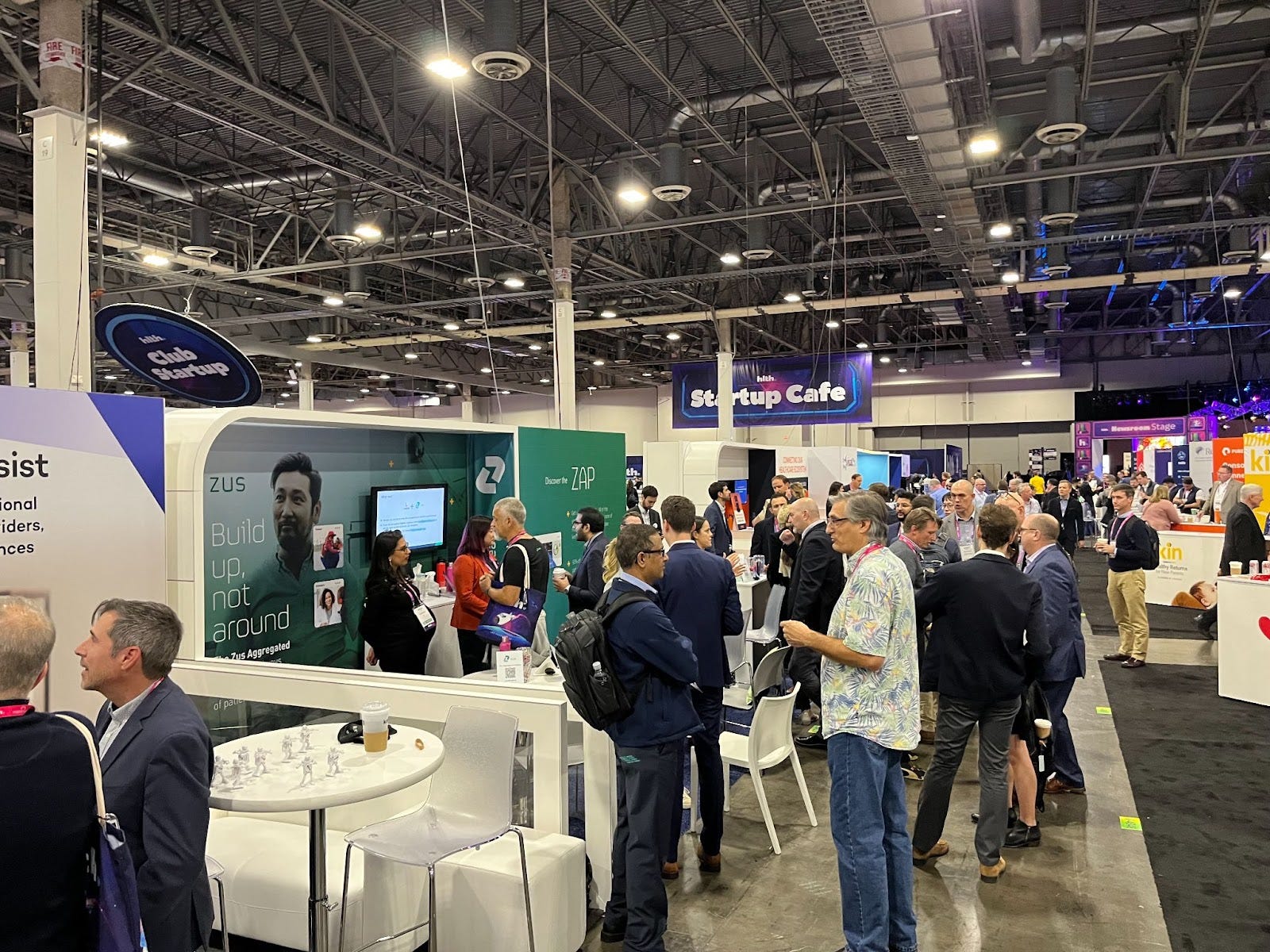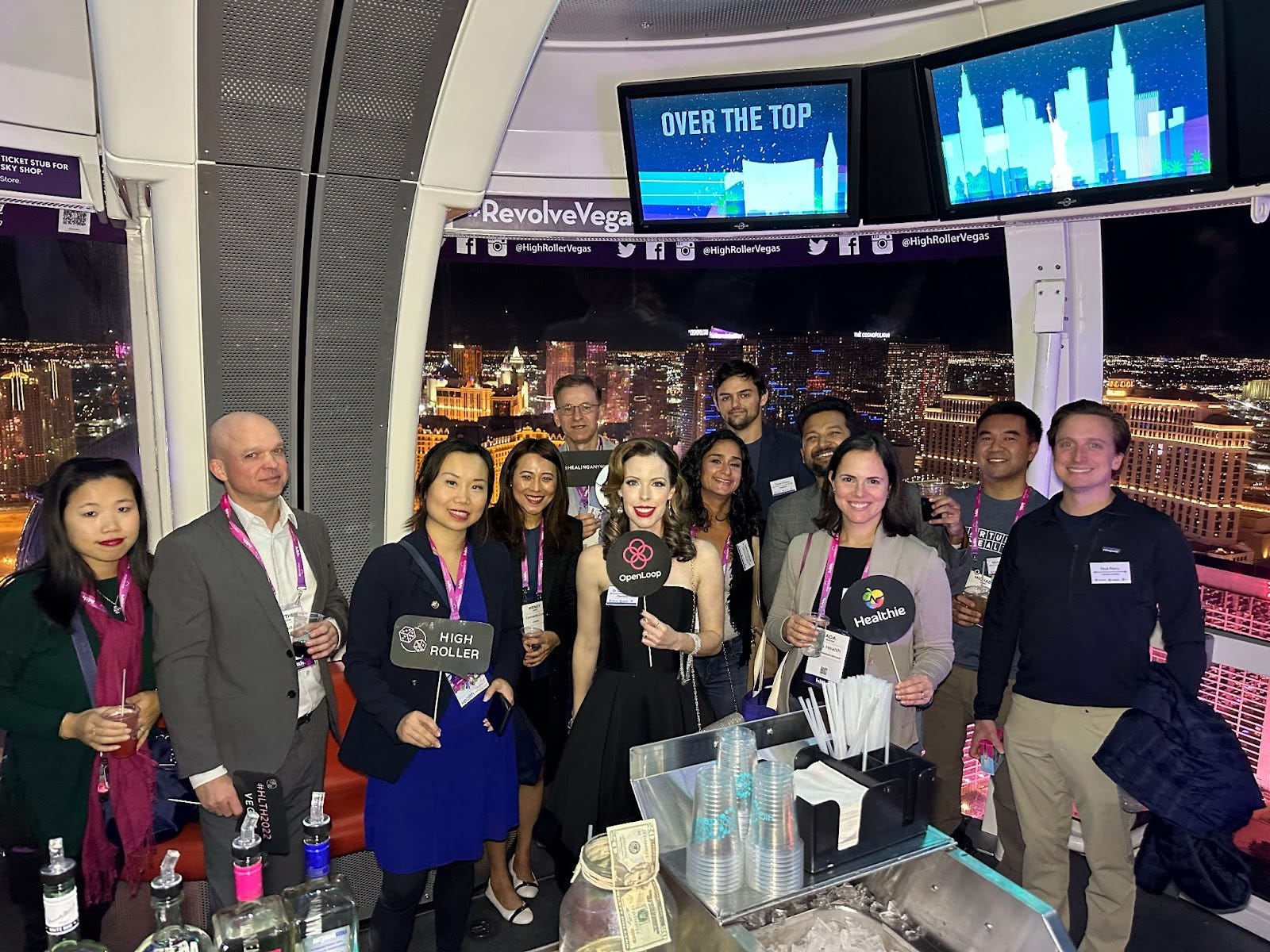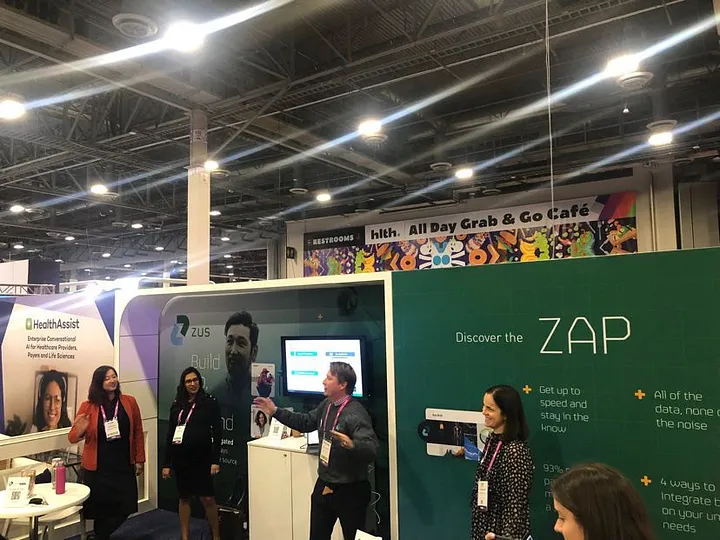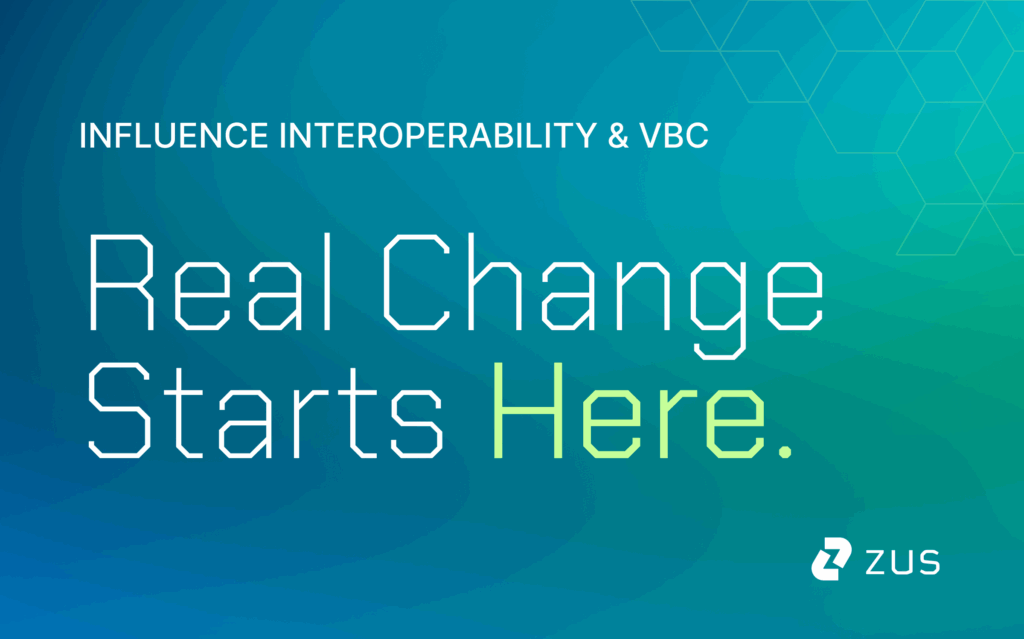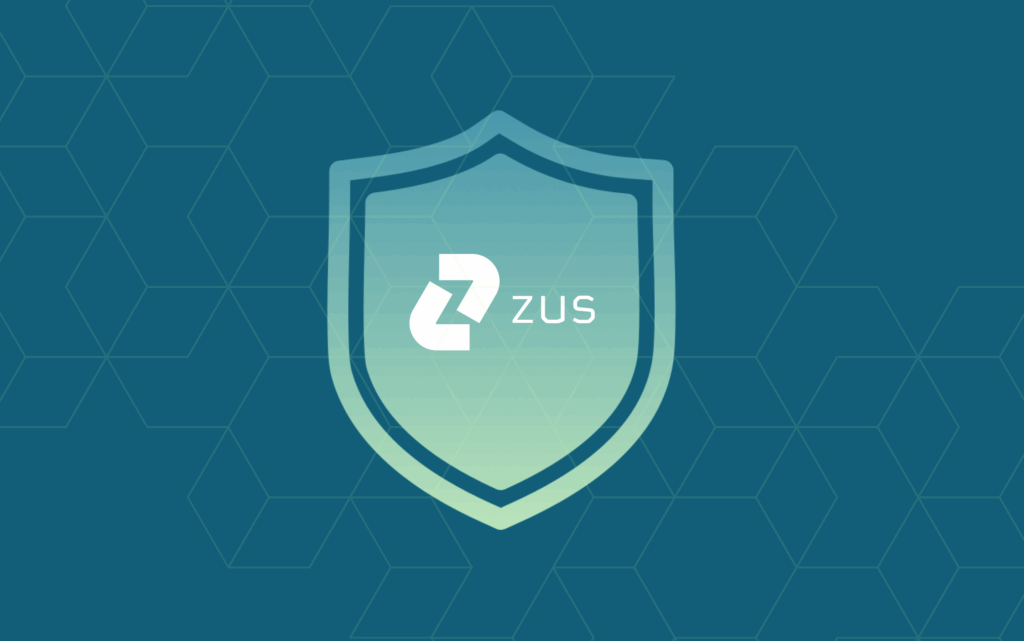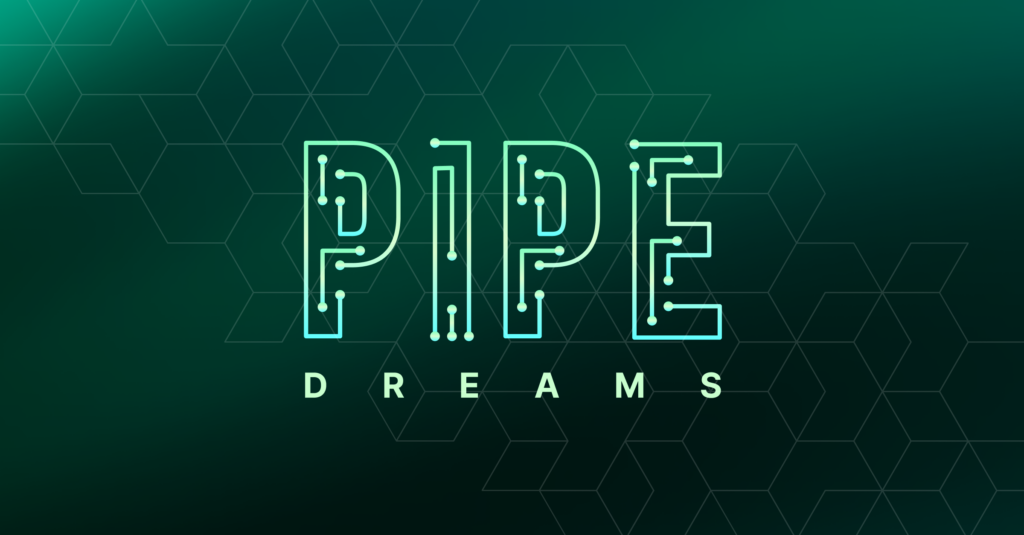If you have been following either the Healthie or Zus social media accounts lately, you likely know that we recently launched an innovative partnership in which Zus-created components containing a patient’s medical history can now be embedded in a provider’s Healthie instance. If this is news to you, you can read more details here.
This partnership has kept us busy — two weeks ago, CEOs and CPOs from Zus, Healthie, and Wellinks came together virtually to discuss building interoperable tech stacks. This conversation set us up for our first official demo of the Zus-Healthie integration at the HLTH Zus booth where we finally got to share our partnership with the industry. The feedback has been incredibly positive and we have learned a great deal from our community’s engagement and questions.
The webinar from earlier this month, titled “The New Interoperable Tech Stack,” was led by panelists Jonathan Bush and Ada Glover of Zus, Erica Jain of Healthie, and Ellen Su of Wellinks (view the full recording here). The conversation centered around how difficult it can be to innovate in healthcare, and how partnering and collaboration may be the key to success in doing so across the healthcare industry, with key themes below:
- Infrastructure partnerships: Modern healthtech infrastructure companies (like Healthie and Zus) have realized that the whole can truly be greater than the sum of its parts. Each of these companies provides a lot of value on its own, but as Erica noted, by integrating with each other, each company becomes more powerful — and the nascent industry of healthtech itself becomes stronger.
An organization can only focus on so much and be the best at it, and the Zus-Healthie partnership serves as a great example of this. At Zus, Ada and the product team have built what we’re calling a Data-as-a-Service, or DaaS, solution, in which Zus does all the work of connecting to data sources, cleaning, normalizing, and enriching the data in clinically relevant formats, and surfacing it in an immediately usable format at the point of care. On the other hand, Erica and the Healthie team have built a SaaS product that seamlessly supports the frontend workflows for clinicians across scheduling and patient engagement. To extend their value without overstretching resources, both Zus and Healthie have found that they can leverage the other’s product and expertise to ultimately best serve their customers. - Data validation collaboration: The “power of the crowd” extends beyond infrastructure partnerships — one way is by moving patient and provider data ever closer to 100% accuracy. As Ada mentioned, there is an acknowledgment that innovative startups like Wellinks, a virtual COPD care provider, are not like typical large health systems that absorb all of a patient’s care and consequently can (or at least theoretically should be able to) access much of the patient’s health history. To ensure these novel healthcare startups survive and ultimately thrive, the industry needs to find a way to ensure providers can learn from each other and benefit from this shared knowledge, and the Zus Aggregated Profile supports just that. If a Wellinks clinician documents a new condition, another provider organization treating that patient using the Zus integration in Healthie can view that new condition and avoid redocumentation. With clear provenance and accuracy checks in place, crowdsourcing patient data across providers elevates patient care quality and saves time, thus improving experiences across stakeholders.
- Care delivery networks: On the care delivery side, it is similarly crucial to engage with the larger ecosystem to support whole-person care. Ellen shared that there are myriad reasons a COPD patient might land in the hospital beyond their COPD — for instance, they may have untreated anxiety, which prevents them from calling their doctor when they have symptoms, which then causes the symptoms to worsen and forces the patient to go to the ER. The Wellinks team knows that they cannot tackle all of their patients’ social determinants of health needs at once, which is why partnering is so important. Health systems do not want to pay five different doctors to treat a patient’s five different conditions, and the Wellinks team, along with many of their specialty provider peers, are laser-focused on finding ways to prove that they can treat patients holistically via collaborative care networks.
For all of these reasons, the Zus and Healthie teams partnered to begin to address a sliver of this needed collaboration within digital health, and the Wellinks team serving as our intrepid first shared customer, helped make this partnership happen. HLTH provided us with a great opportunity to share an in-person demo of the Zus conditions component in Healthie, and gave us a chance to chat with attendees about how this new integration can help their clinicians deliver more efficient and outcomes-focused care.
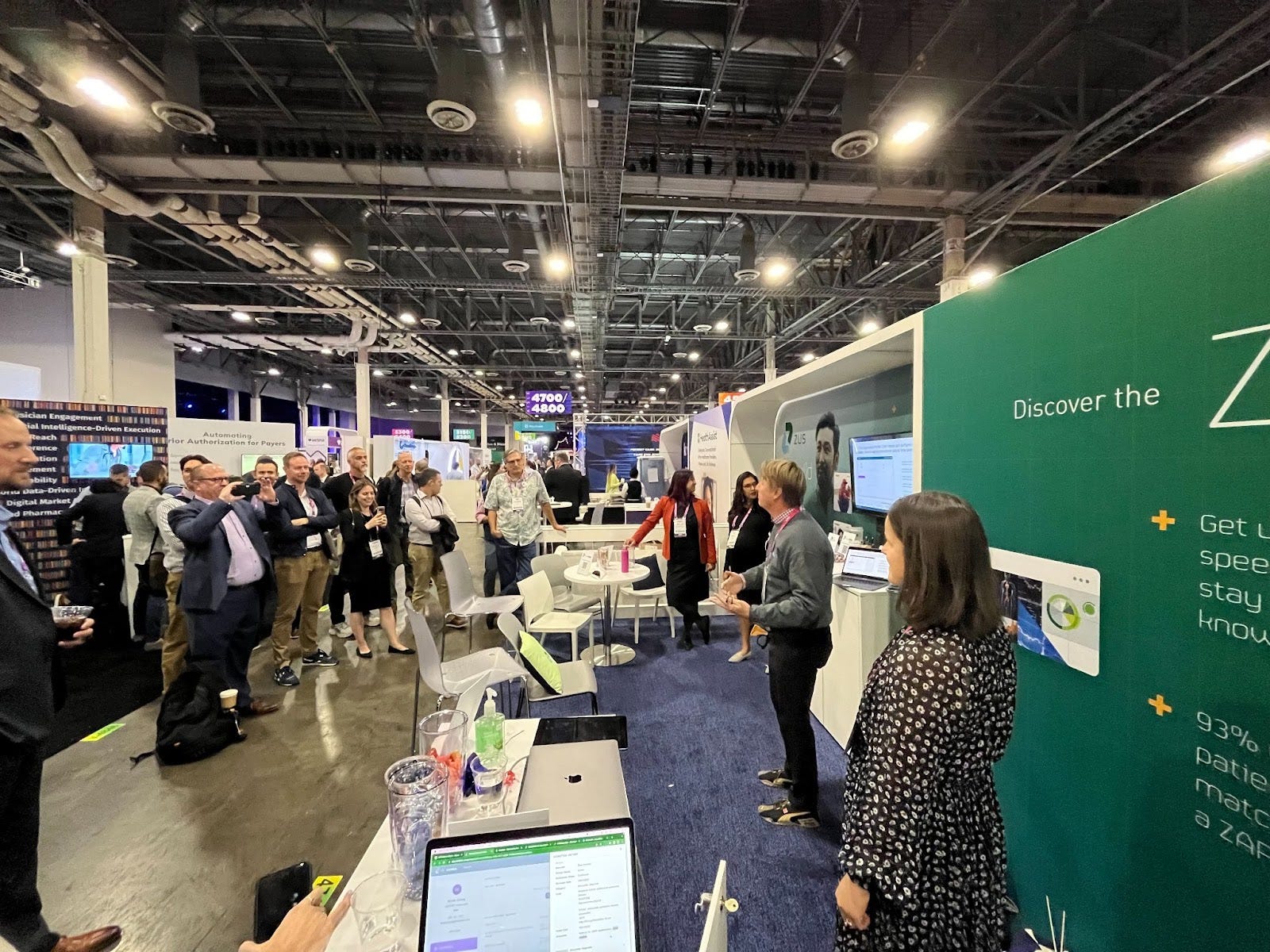
Along with the demo, Ellen shared why the Wellinks team chose Zus + Healthie as their data interoperability solution, and how they are positioning Zus as their “superpower” to customers. For instance, when selling to health systems, the Wellinks team is often asked how they protect their providers from burnout. As Ellen explained, health systems see a lot of new companies ask existing providers to add more to their workflows without making the workflows more efficient or adding more resources, and they hesitate to add a new solution if it is not sustainable for clinicians.
To address these concerns, Ellen and her commercial team describe the data integration piece that Zus provides: by pulling data from a variety of national networks via Zus, Wellinks can save hours each week of their clinicians’ time that would be spent manually gathering all of a patient’s prior medical data before their appointment. In addition, Ellen shares that the Wellinks workflows are more efficient because of Healthie’s user-centric, customizable interface and APIs that allow the Wellinks team to have full control over their care model without building the needed infrastructure from scratch.
Ultimately, Ellen noted in the webinar that finding the right partners has also helped her focus her time on what matters most to the Wellinks business model. “I spend so much of my life thinking about how I can get around old billing problems and outdated infrastructure,” she said. “The less time I can spend thinking about this, the more time I can spend innovating on care delivery.”
If these challenges resonate with you, or if you’re interested in a live demo of the Zus-Healthie integration, drop us a line at info@zushealth.com. And if you’re a current Healthie customer, reach out to info@gethealthie.com for more information about how to activate the Zus integration!
Closing out with some more pictures from HLTH — we truly had a blast:
